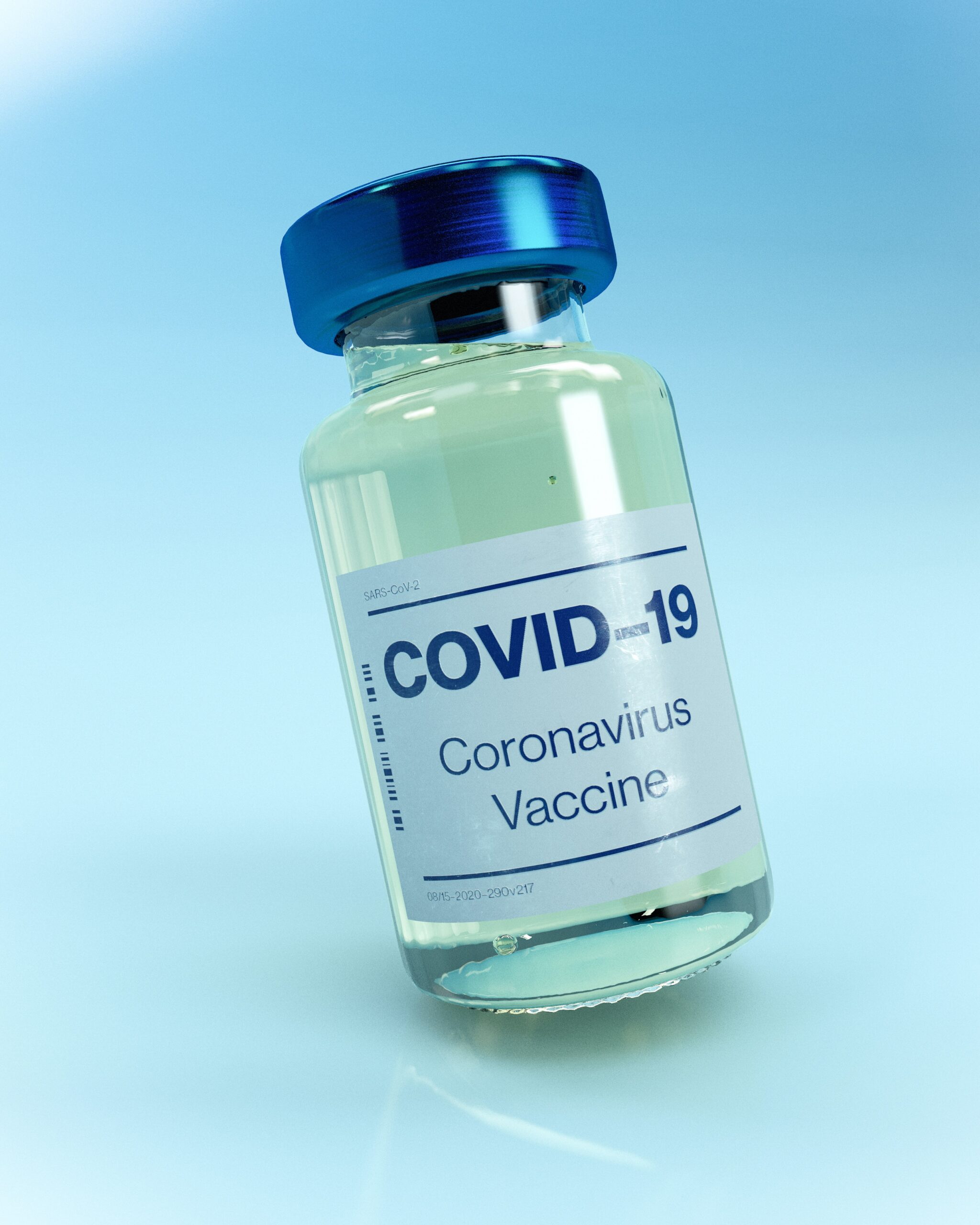Have you ever wondered how medical advancements are revolutionizing the way we treat prostate cancer? Enter high-intensity focused ultrasound (HIFU), an innovative technique that offers men an alternative to surgery or radiation therapy. HIFU uses precisely targeted ultrasound waves to destroy cancer cells, offering the potential for effective treatment with minimal side effects. In this article, we will explore what HIFU is and how it can benefit those battling prostate cancer. So, let's embark on this journey together and discover the remarkable world of HIFU and its potential in prostate cancer treatment.
Understanding Prostate Cancer
Prostate cancer is a type of cancer that occurs in the prostate gland, which is a small walnut-shaped gland located just below the bladder in men. This gland produces seminal fluid, which nourishes and transports sperm. Prostate cancer typically develops when the cells in the prostate gland grow abnormally and form a tumor.
Definition of Prostate Cancer
Prostate cancer is a malignant tumor that originates in the prostate gland. It is the second most common cancer in men worldwide, after skin cancer. The development of prostate cancer is typically slow and may not cause any symptoms at the early stages. However, if left untreated, it can grow and spread to other parts of the body, potentially leading to serious complications and even death.
Risk factors for Prostate Cancer
Various factors can increase the risk of developing prostate cancer. Some of the common risk factors include age (prostate cancer is more likely to occur in older men), family history (having a close relative with prostate cancer increases the risk), race (African American men have a higher risk), and certain genetic or inherited conditions. Additionally, lifestyle factors such as diet, obesity, and lack of exercise may also contribute to the development of prostate cancer.

Symptoms of Prostate Cancer
In the early stages, prostate cancer may not cause any symptoms. However, as the tumor grows, it may lead to symptoms such as frequent urination, difficulty in starting or stopping urination, weak urine flow, blood in urine or semen, erectile dysfunction, pain in the hips, back, or chest, and unexplained weight loss. It is important to note that these symptoms can also be caused by other non-cancerous conditions, so it is crucial to consult a healthcare professional for a proper diagnosis.
Traditional Treatment Methods for Prostate Cancer
Traditional treatment methods for prostate cancer include surgery, radiation therapy, hormone therapy, and active surveillance. Surgery involves the removal of the prostate gland (prostatectomy) and may be done with the aim of completely removing the cancer. Radiation therapy uses high-energy beams to kill cancer cells or stop their growth. Hormone therapy aims to block the effects of hormones that may stimulate the growth of cancer cells. Active surveillance, on the other hand, involves closely monitoring the cancer without immediate treatment unless its progression is detected.
Introduction to High-intensity Focused Ultrasound (HIFU)
HIFU, which stands for High-intensity Focused Ultrasound, is a relatively new and innovative therapy used in the treatment of prostate cancer. It utilizes focused ultrasound waves to target and destroy cancerous tissue within the prostate gland.

Definition of HIFU
HIFU is a non-invasive and precise medical procedure that uses high-frequency sound waves to heat and destroy targeted tissue. In the case of prostate cancer, HIFU focuses ultrasound waves specifically on the tumor within the prostate, without affecting the surrounding healthy tissue.
HIFU History and Emergence
The concept of utilizing high-intensity focused ultrasound for medical purposes was first introduced in the early 1940s. However, significant advancements in technology were required before it could be applied in the treatment of prostate cancer. Over the years, research and development efforts have led to the emergence of HIFU as a viable treatment option for localized prostate cancer.
General Use of HIFU in Medicine
While HIFU is primarily known for its application in the treatment of prostate cancer, it has also been used in various other medical fields. HIFU has shown promise in the treatment of uterine fibroids, liver tumors, kidney tumors, and pancreatic cancer, among others. As technology continues to advance, the potential applications of HIFU in medicine are expanding.

Mechanics of HIFU
To understand how HIFU works, it is important to grasp the core concepts relating to its energy, equipment, and treatment procedure.
Energy of HIFU
HIFU delivers high-energy ultrasound waves to create heat within the targeted tissue. This localized increase in temperature leads to the destruction of cancer cells, without causing damage to surrounding healthy tissue.
HIFU Equipment
The HIFU equipment consists of a transrectal probe that is inserted into the rectum to access the prostate gland. The probe emits and focuses ultrasound waves at the tumor, aided by real-time imaging guidance. The equipment is designed to ensure precise targeting and delivery of the ultrasound energy.
Procedure of HIFU Treatment
During the HIFU treatment, the patient is placed in a comfortable position and given anesthesia, either general or spinal, to ensure a pain-free experience. The transrectal probe is then inserted, and the ultrasound waves are emitted and focused on the tumor within the prostate gland. The energy produced by the ultrasound waves destroys the cancer cells, and the procedure is guided by continuous monitoring and imaging.
Use of HIFU in Treating Prostate Cancer
HIFU has gained recognition as an effective treatment option for localized prostate cancer. Its use in the treatment of prostate cancer typically involves the following procedures:
Overview of HIFU Treatment for Prostate Cancer
HIFU treatment for prostate cancer aims to eradicate cancerous tissue within the prostate gland without the need for surgical removal. By using targeted ultrasound waves, HIFU selectively destroys the cancer cells while preserving surrounding healthy tissue.
Procedure for HIFU Prostate Treatment
The HIFU treatment procedure typically involves several steps. Firstly, the patient is prepared for the procedure, which may include emptying the bladder. Then, anesthesia is administered to ensure the patient's comfort during the treatment. Once the patient is in the correct position and the transrectal probe is inserted, the HIFU procedure begins. The ultrasound waves are focused on the tumor, delivering energy to destroy the cancerous tissue. The entire procedure usually takes a few hours.
Success Rates of HIFU in Treating Prostate Cancer
Studies have shown promising results regarding the success rates of HIFU in treating prostate cancer. HIFU has demonstrated high rates of cancer control and patient survival, comparable to other standard treatment options. However, the success rates may vary depending on factors such as tumor stage, patient age, and overall health.
Benefits of HIFU in Prostate Cancer Treatment
HIFU offers several advantages as a treatment option for prostate cancer:
Less Invasive Procedure
Compared to traditional treatment methods such as surgery, HIFU is a less invasive procedure. It does not involve the removal of the entire prostate gland, reducing the risk of severe complications.
Low Risk of Complications
HIFU carries a lower risk of complications compared to surgery or radiation therapy. The precision of HIFU technology allows for targeted treatment, minimizing damage to surrounding healthy tissue. This reduces the risk of side effects and post-treatment complications.
Shorter Recovery Time
The recovery time after a HIFU procedure is typically shorter compared to traditional treatment methods. As HIFU is a non-invasive procedure, it results in minimal tissue trauma, leading to quicker recovery and a shorter hospital stay.
Preservation of Sexual and Urinary Function
Preserving sexual and urinary function is a significant concern for individuals undergoing prostate cancer treatment. HIFU has shown promise in minimizing the risk of long-term complications related to sexual and urinary function compared to other treatment options.
Risks and Limitations of HIFU
While HIFU has shown promise in the treatment of prostate cancer, it is essential to consider the potential risks and limitations:
Potential Side Effects of HIFU
As with any medical procedure, HIFU treatment for prostate cancer can have potential side effects. These may include temporary urinary symptoms such as frequency, urgency, or discomfort, as well as sexual dysfunction. However, many of these side effects are temporary and improve over time.
Purpose of Post-Treatment Follow-Up
Post-treatment follow-up is crucial after HIFU treatment for prostate cancer. Regular check-ups and monitoring help to assess the treatment's effectiveness, detect any recurrence or complications, and ensure the long-term success of the treatment.
Situations in Which HIFU Is Not Recommended
HIFU may not be recommended for individuals with certain characteristics or medical conditions. Factors such as advanced prostate cancer, large prostate size, previous radiation therapy, or the presence of rectal or anal pathology can make HIFU treatment less suitable.
Comparative Analysis of HIFU with Other Prostate Cancer Treatments
It is important to compare HIFU with other prostate cancer treatment options to make an informed decision. Here are the comparisons with some common treatment methods:
Comparing HIFU with Surgery
Compared to surgery, HIFU is a less invasive procedure, reducing the risk of complications such as bleeding and infection. HIFU also offers potential advantages in terms of preserving urinary and sexual function. However, surgery may still be recommended for certain cases, including a larger tumor size or localized cancer that is more advanced.
Comparing HIFU with Radiation Therapy
HIFU differs from radiation therapy in terms of treatment modality and potential side effects. Radiation therapy involves the use of high-energy beams to kill cancer cells, while HIFU uses targeted ultrasound waves. Both approaches have their pros and cons, and the choice depends on factors such as tumor characteristics, patient preference, and the presence of other medical conditions.
Comparing HIFU with Active Surveillance
Active surveillance involves monitoring the cancer without immediate treatment, making it suitable for certain low-risk prostate cancers. However, if treatment becomes necessary, HIFU offers a non-invasive alternative to surgery or radiation therapy, with the potential to achieve excellent cancer control rates.
Comparing HIFU with Hormonal Therapy
Hormonal therapy aims to block the effects of hormones that promote cancer growth. While HIFU is a localized treatment that directly targets the tumor, hormonal therapy seeks to control cancer growth systemically. The choice between the two depends on factors such as tumor characteristics, patient preference, and the presence of other medical conditions.
Patient Experience with HIFU
Understanding the patient experience with HIFU can provide valuable insights for those considering this treatment option:
Pre-Treatment Preparation
Before HIFU treatment, patients may undergo various preparations, such as fasting or avoiding certain medications. Detailed instructions are typically provided by the healthcare team to ensure the patient is well-prepared for the procedure.
Patient Comfort during the Procedure
During the HIFU procedure, patients are typically under anesthesia to minimize any discomfort or pain. The healthcare team ensures that the patient's well-being and comfort are prioritized throughout the procedure.
Post-Treatment Recovery
After the HIFU procedure, patients may experience mild discomfort, such as urinary symptoms or fatigue. However, recovery is generally quick, and patients can resume their regular activities within a few days. The healthcare team provides post-treatment instructions and ongoing support to facilitate a smooth recovery process.
Current Research and Advances in HIFU
HIFU technology continues to evolve, and ongoing research and advancements contribute to its further development:
Latest Medical Studies on HIFU for Prostate Cancer
Numerous medical studies continue to explore the efficacy and long-term outcomes of HIFU treatment for prostate cancer. These studies aim to further refine treatment protocols, assess the impact on patient outcomes, and expand the understanding of HIFU's potential benefits.
Changes in HIFU Equipment Technology
Advancements in HIFU equipment technology have facilitated improved accuracy, precision, and safety during the procedure. Innovations in imaging technology and treatment planning systems enhance the efficiency and effectiveness of HIFU treatment.
Projected Future Developments of HIFU
Future developments in HIFU are expected to focus on refining treatment protocols, expanding its applications in other medical fields, and potentially increasing accessibility. Ongoing research in targeted drug delivery and combination therapies incorporating HIFU may further enhance its effectiveness in treating prostate cancer and other diseases.
Making Decision about Prostate Cancer Treatment
Making decisions about prostate cancer treatment is a complex and personal process. It is important to consider the individual patient's circumstances, preferences, and goals:
Role of Individual Patient's Circumstances
Each patient's circumstances, such as age, overall health, tumor characteristics, and personal preferences, play a crucial role in determining the most suitable treatment option. Consulting with healthcare professionals and seeking multiple opinions can help individuals make an informed decision.
Advice on Discussing Treatment Options with Healthcare Provider
It is vital to have open and honest discussions with healthcare providers regarding treatment options for prostate cancer. Providers can provide insights into the benefits, risks, and potential outcomes of different treatment approaches, empowering patients to make decisions based on informed choices and their unique circumstances.
Understanding the Emotional Considerations in Making Treatment Decisions
Prostate cancer diagnosis and treatment decisions can have emotional implications for patients and their loved ones. It is important to address the emotional considerations and seek support throughout the decision-making process. Support groups, counseling services, and involvement of family and friends can provide valuable emotional support.
In conclusion, high-intensity focused ultrasound (HIFU) is a promising treatment option for prostate cancer. This non-invasive procedure offers benefits such as a less invasive approach, low risk of complications, shorter recovery time, and preservation of sexual and urinary function. While HIFU has its risks and limitations, comparative analyses with other treatment methods provide a comprehensive understanding for patients to make informed decisions. Ongoing research and advances in HIFU technology contribute to further refinement and potential future developments, making it an area of continued study and innovation. Ultimately, the decision on prostate cancer treatment should be based on individual patient circumstances, with thorough discussions with healthcare providers and consideration of emotional factors.

